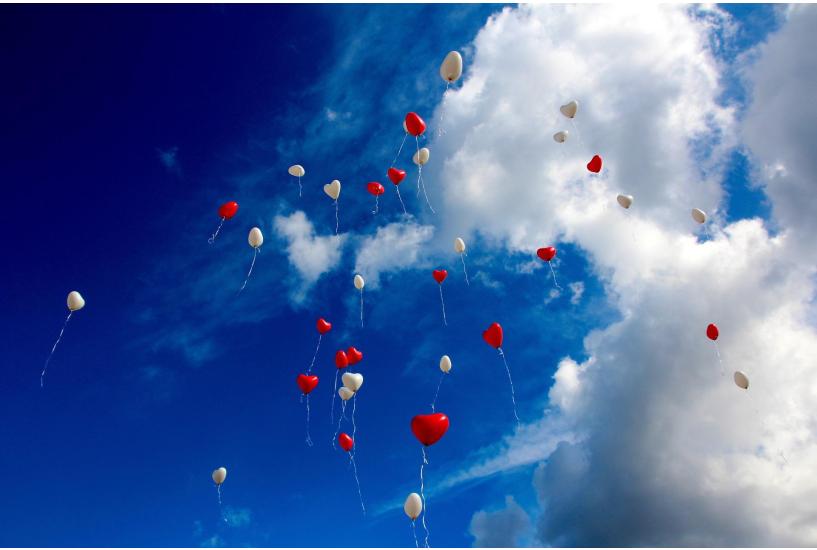What Love Is
by Matthew McKay, Ph.D., author of Love in the Time of Impermanence and The Luminous Landscape of the Afterlife
Everything we know and count on and love is impermanent. That truth crashed down on me in 2008. On an early autumn day that year I learned that my twenty-three-year-old son had died.
Though Jordan was gone, though I could no longer hold him or hear his voice, my love for him remained a living thing. It nourished me and kept me going. It was a blanket that protected me from emptiness and nihilism.
I wondered at love’s strength, its unwillingness to die with the body, its resilience in the face of every kind of change and loss this world can throw at us. And I wondered what love actually is, what it’s made of. What do we mean, I questioned, when we say we love something? Why, for some, does love die or disappear, while for others even death has no dominion over their love?
As a psychologist and couples therapist for more than forty years, I have witnessed the death of love. Many times. I have seen how emotional pain deadens the will and desire to express love. How it turns caring into anger and contempt. But I have also seen how we can learn to love in the face of monstrous pain and loss. I have learned how some keep love alive in the crushing maw of impermanence.
That is the purpose of my book Love in the Time of Impermanence: to learn to know what love is and how to keep it—even when you hurt, even when things are taken, even as you walk daily in the shadow of uncertainty.
WHAT IS LOVE?
At its root, love is just one thing. It is relationship itself. It is the connective tissue that binds us together, that creates oneness and belonging. It is a gravitational force that connects you to friends, colleagues, family (blood and genetics don’t connect families), a community, a land, and all there is (the Divine). And love isn’t the emotion or pleasure you take in those connections—love is the connection itself.
All of our core values, the things we hold dear, derive from love—of self, of others, or of the Divine. If you examine what truly matters to you, what your life is about, love is the force behind all of it. For example, all efforts at self-improvement, at personal growth and learning, are motivated by love of self. Everything you do to build and support your relationships is driven by love of others. The work you do and the people your work serves can be a reflection of love. Creativity is an act of love; the appreciation of beauty is an act of love; the great pleasures of the body (athletics, food, music, dance, sexual expression) can all be acts of love. And spirituality—the awareness that we belong to each other and to all—is born from love.
LOVE’S OPPOSITE
Knowing a thing’s opposite can illuminate the thing itself. If the essence of love is connecting, the opposite of love must be the severing of connection. Hate can’t be the opposite of love because hate is a form of relationship. There’s a painful but deep connection between those who hate one another. Selfishness is sometimes thought to be the opposite of love. But the focus on self doesn’t block relationship; it merely distorts it into serving only the self.
The true opposite of love is the silence of abandonment, the judgment that says you are cast out, you are not one of us. It is any credo that separates people into good or bad, into tribes where you either belong or you are dangerous and foreign; it is any judgment that dehumanizes and rejects.
Any belief that separates and severs relationship takes us in the opposite direction from love. And any act that disconnects, that breaks the belonging between souls, sets our course away from love. So in love’s opposite, we also see love’s essence: it is the bond that holds us, that moves us toward the experience of being one.
THE REACH OF LOVE
Because love is relationship, it isn’t limited to the connection between souls. We can love objects and places as well as living beings. The beautiful things that we come to love—whether it’s light shimmering in the leaves of an aspen, a cascade pouring between shoulders of granite, or the polished carving of a monk bent in prayer—constitute our relationship to the world. They are physical expressions of the collective consciousness to which we all belong, and our love for them is a mere aspect of our love for all that is.
Love can reach to include anything we can see, hear, and feel because love is the energy form connecting the universe.
THE FOUR ELEMENTS OF LOVE
Love is active, not passive. It is about what you do, not what you feel. And because love is enacted, and therefore a choice, it is something under your control. It’s something in your power to keep. Nothing can take love from you—not loss, not rejection, not death—if you act on love every day.
The apparent impermanence of love is an illusion created by the material world. The illusion dissolves every time you act with love. The feelings of love wax and wane. The motivation or desire to be loving waxes and wanes. But the intention to love can be a constant. It is a north star to navigate by; it is the basis for most decision making; it’s what guides us through every moment of every relationship.
The four elements, or acts of love, are care, knowledge, compassion, and intention. Each element is a special way we manifest love in relationships. Together they are the fabric that holds everything.
Care
At the heart of love is caring. The welfare of those we love is important; the fate of what we love matters. Caring means we are committed to what’s best for the other. We are aware of their needs and react as if those needs are our own. It’s as if our sense of self expands to include the loved ones, and whatever happens to them happens to us.
Care is the opposite of wanting. When you want someone—their presence, their attention, their beauty—the focus is on your own needs. You are hungry; you are consuming what you love. Caring moves attention away from yourself. What matters is the other. The beauty of the beloved inspires respect, a reverence, a commitment to protect. Whether your love is for another soul, a beautiful object, or a place on Earth, the commitment is the same: to care.
Knowledge
The adage that love is blind cannot be more false. Love requires us to see because if we don’t know the other, what is it that we love? Without knowledge, our love is for a fantasy, a projection. The beloved is our own creation, a made-up product of desire.
Love is always active. Knowing what you love involves paying attention—observing with interest and a hunger to understand. In the case of another soul this means noticing how they feel, what they think and believe, how they respond across many situations and challenges, and what they care about. Such knowledge is gathered during the entire length of the relationship. This core activity of love—seeing and learning—never ends.
Loving beautiful objects also involves active knowing. We study every detail of the object; we learn its history. We watch it change as it reflects different qualities of light. We take in what is unique, what sets it apart from every other object of beauty.
Loving a place on Earth requires the same process. We know it in every season, every time of day. We know it close-up as well as in a vista. We know it by touch and sound. We know what harms and nourishes this place. We experience its beauty viscerally as a part of the fabric that makes us who we are.
Compassion
In a physical world everything someday becomes damaged and changed. By time and erosion, by disease, by loss of function, by the endless collisions of cause and effect. Mountains wear away; lakes dry up or become saline; deserts form where grass and trees once grew; whole ecosystems change or die. Everything physical breaks down, the integrity of the original thing worn away and finally lost. Organisms with a nervous system suffer physical pain, and more complex beings suffer emotional pain as well. Love is not love without feeling joined by this fundamental of existence—how we hurt, how things wear away.
This experience of change and loss—the aching sadness we experience at the damage, breaking down, or loss of objects and places we love— causes pain for sentient beings and lies at the core of physical existence. But it is also the source of our compassion for everything that feels. Compassion is knowing and feeling the pain, damage, and loss that touch everything. It is an unavoidable part of caring.
Intention
Intention is the force that turns love into action. It’s what expands passive caring into caring behavior; it transforms passive knowledge of the beloved into an active quest to see and understand. It turns compassion into a commitment to hold, to heal, and to repair.
Intention is what makes love real in the world; it is the source of every act, every expression of love. The mother who cuddles and rocks her baby to sleep is turning caring into action—this is the intention to love. A partner who asks questions about how a beloved felt and reacted in a challenging moment is acting on the intention to know. Someone who listens to and validates a friend’s distress is turning compassion into action. This, too, is the intention to love.
While the feeling of love will come and go, while desire and engagement may change, the intention to love can become a constant that shapes and defines our relationships forever. It is through intention that love never dies.
~ ♥ ~
What connects us to everything is love. Each act of love deepens our belonging—not just to one another, but to all. Each act of love strengthens our intention, our very ability to love. So it is the muscle of intention, as it gets stronger, that makes love bloom in us.
With each act of love, we grow more able to see, hear, and feel love. Instead of existing in random, isolated moments where its expression is always a surprise, love dwells in us. It becomes our arms that hold, our legs that carry, our voice that comforts. It becomes what we do and finally what we are.
Struggling to choose love, when everything inside and around us clamors to choose relief, is why we’re here. What would love have you do? This is the only question that matters, the only choice that we come here to make.
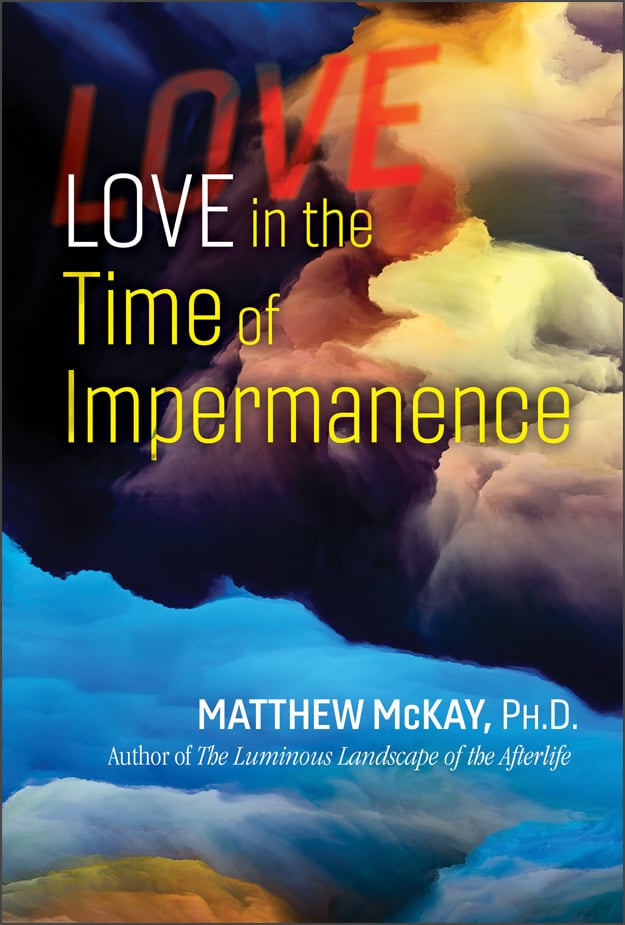 |
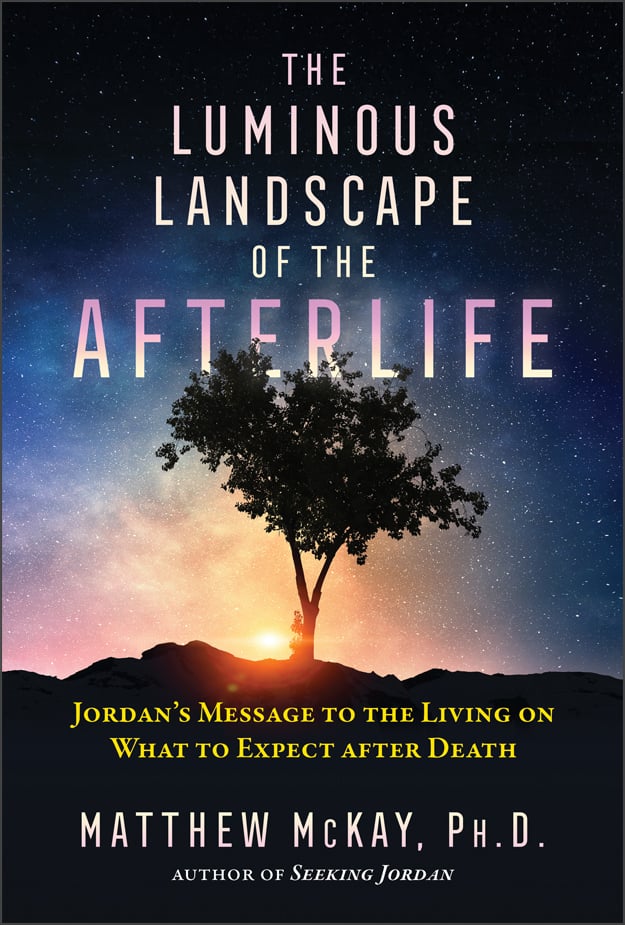 |
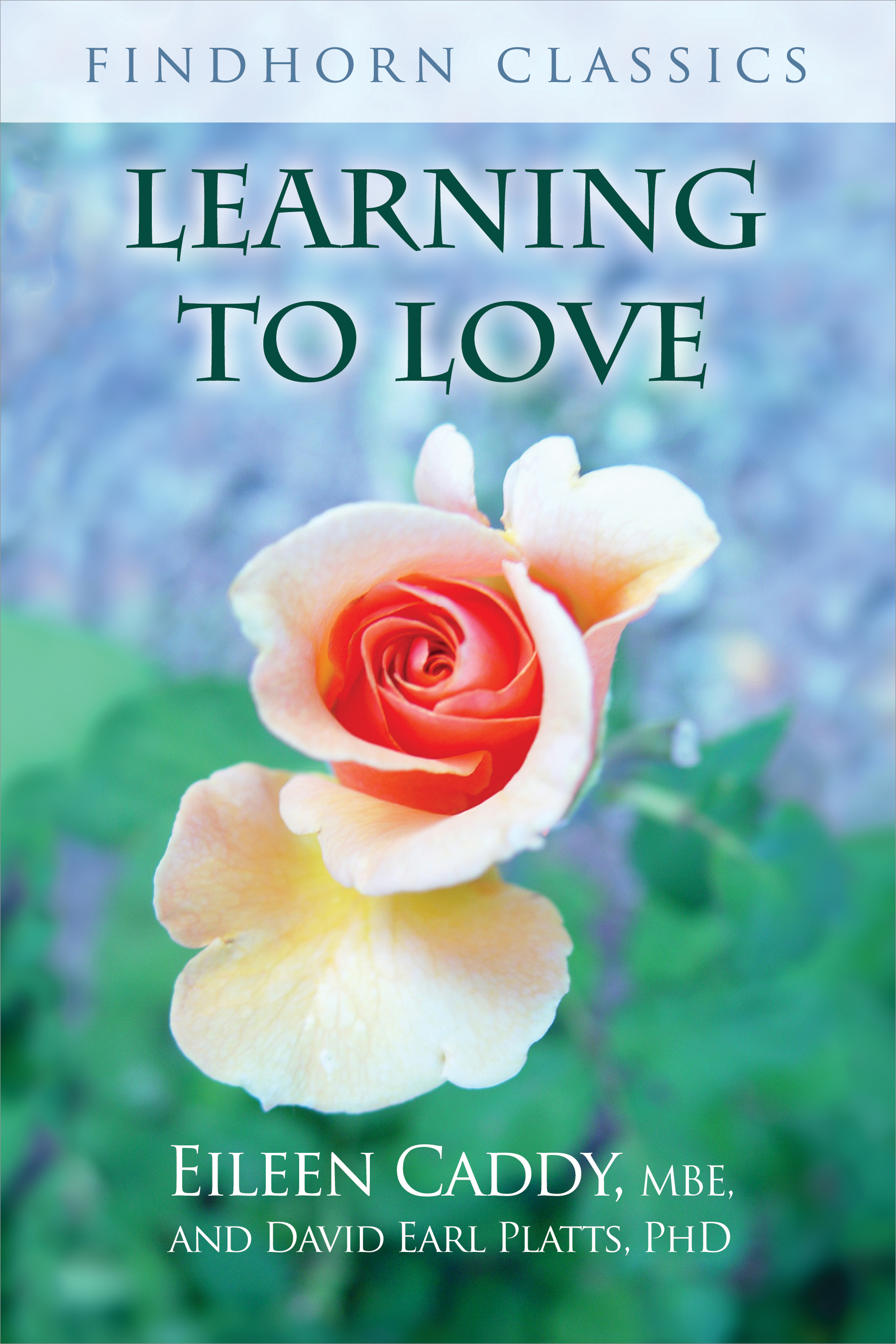 |
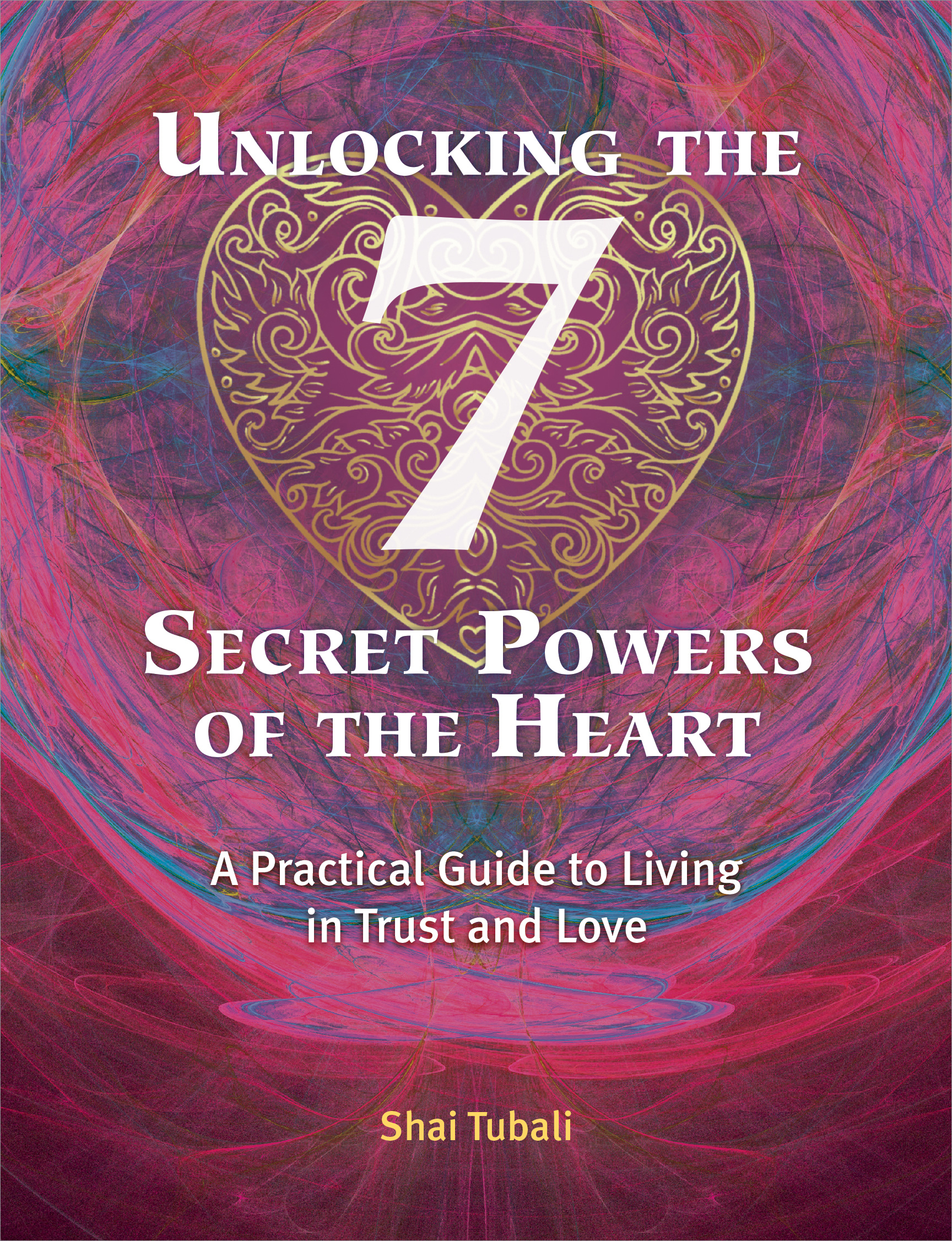 |
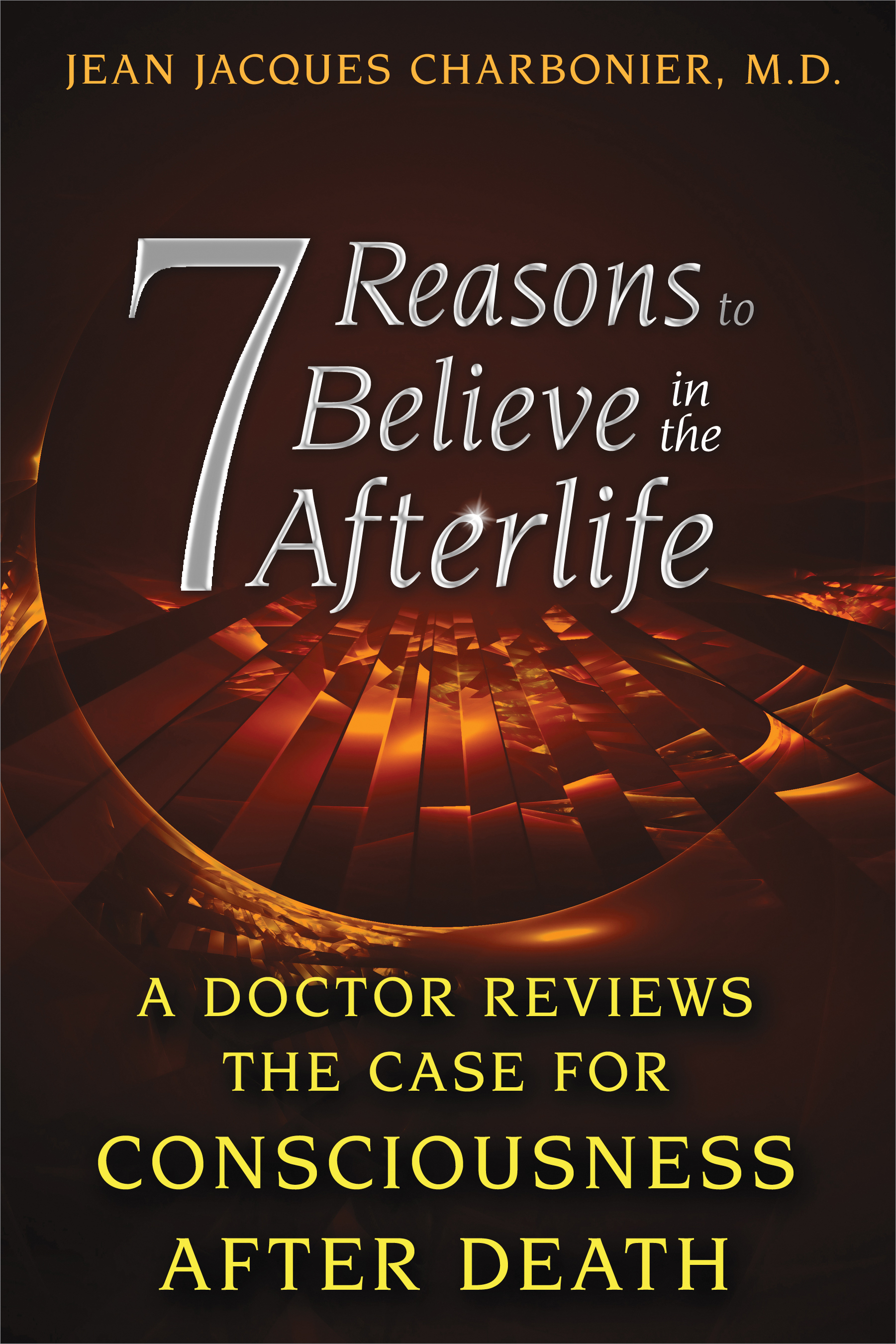 |


